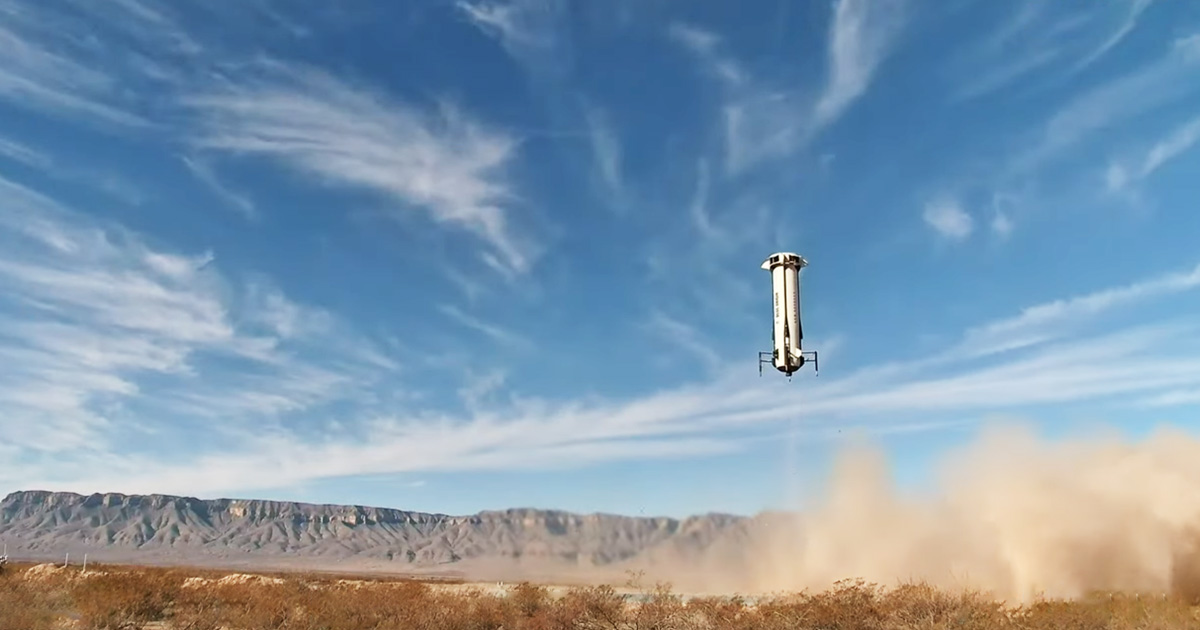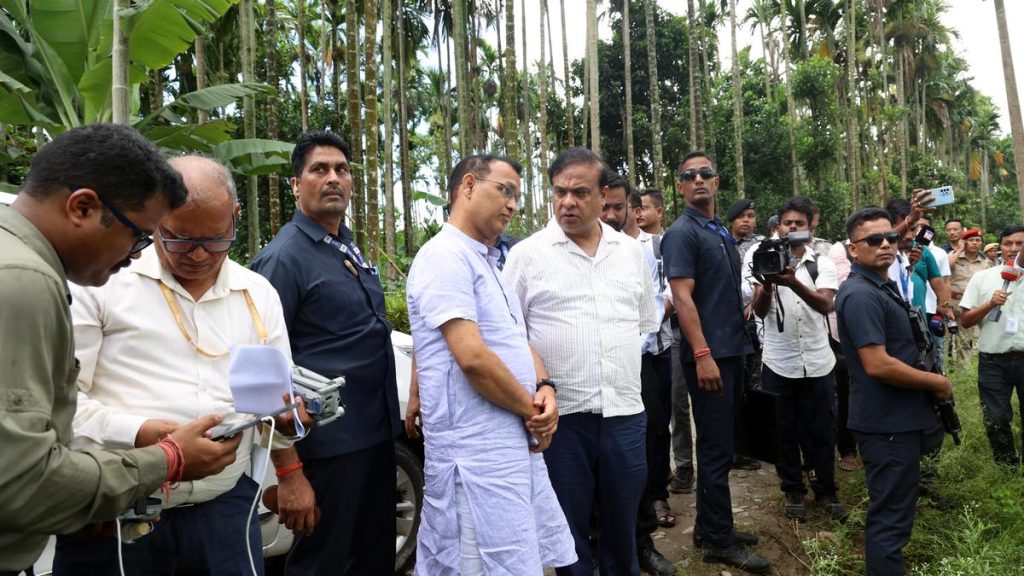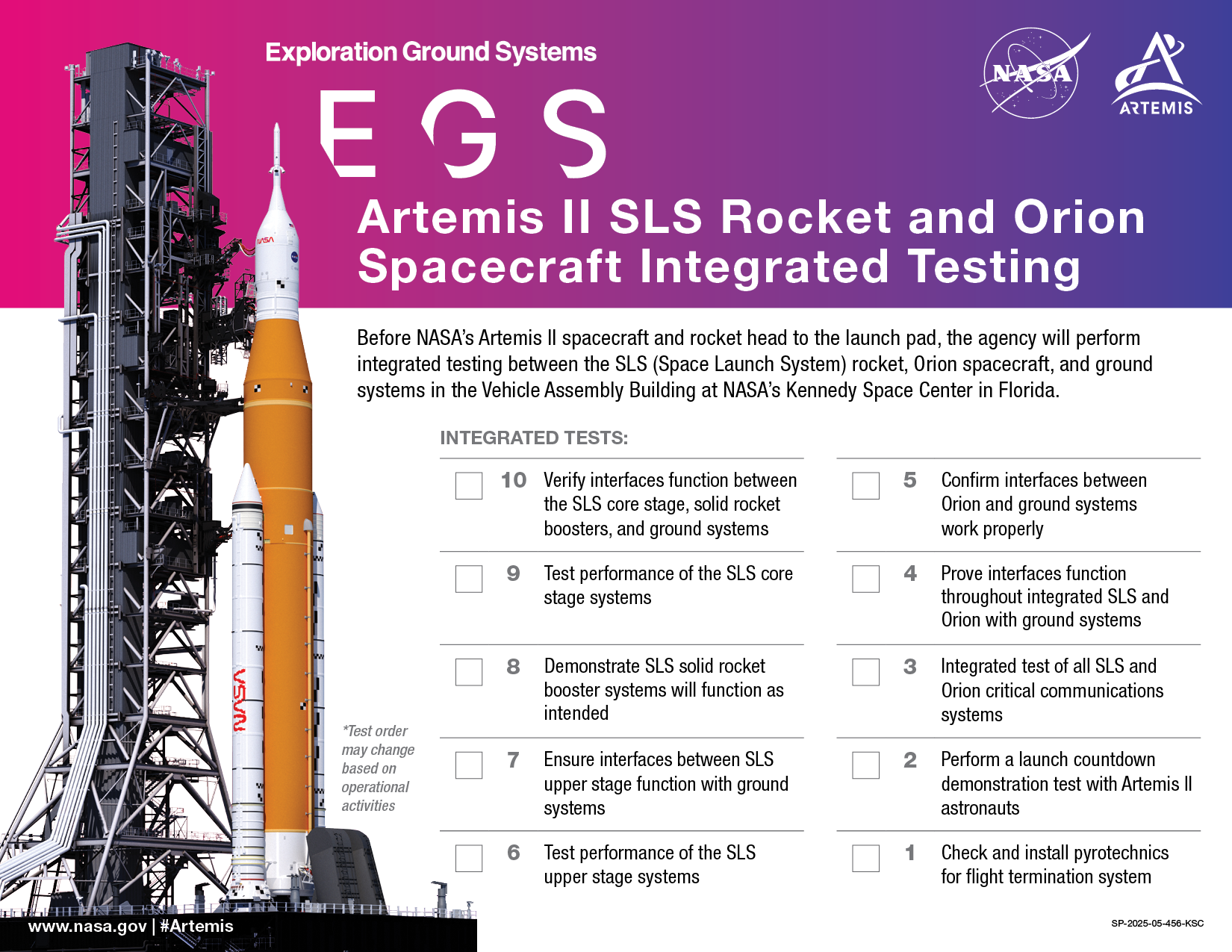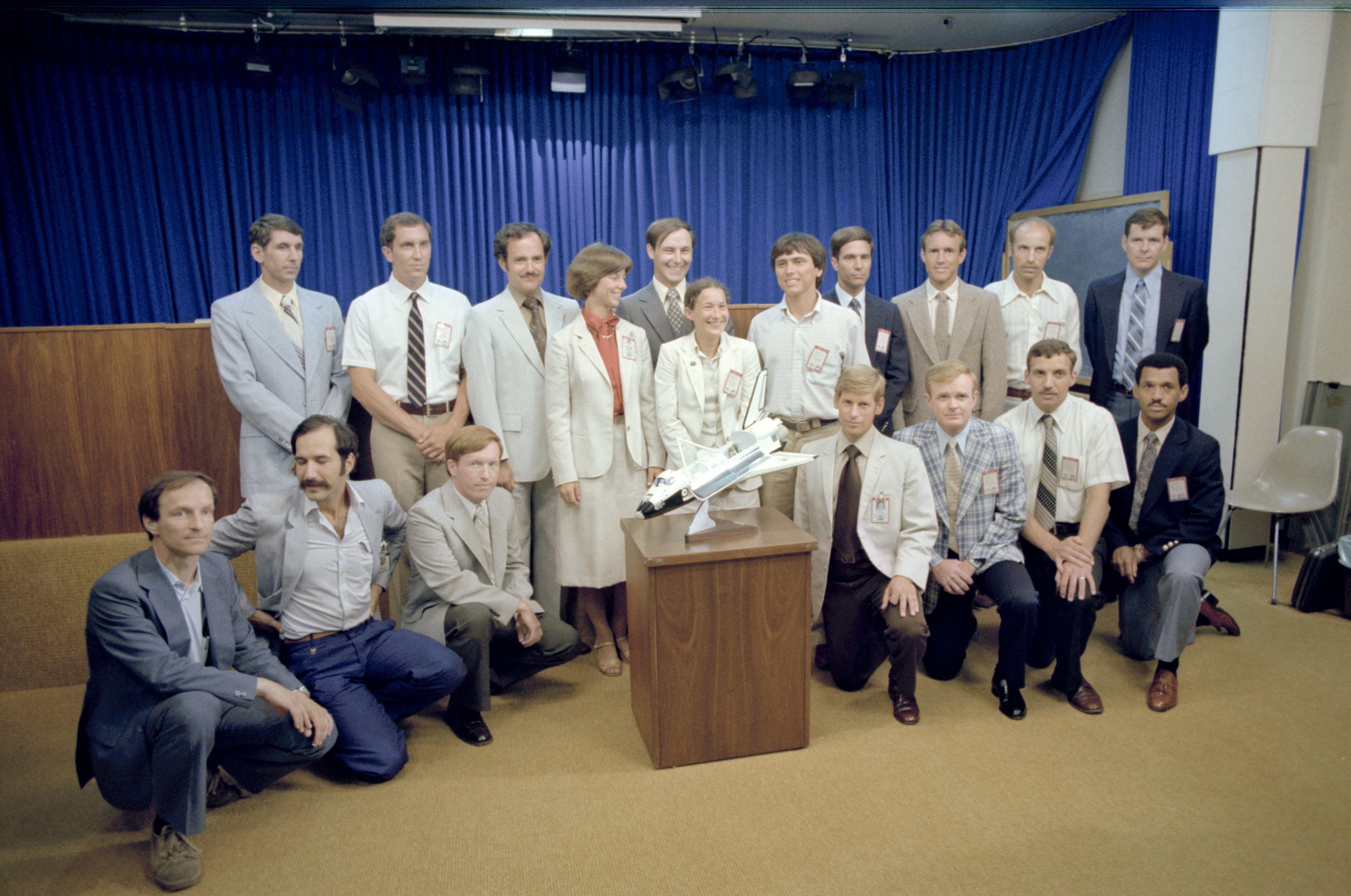Now Reading: NASA Explores Innovative Landing Techniques for Tough Terrains
-
01
NASA Explores Innovative Landing Techniques for Tough Terrains
NASA Explores Innovative Landing Techniques for Tough Terrains

Swift Summary
- NASA’s Space Technology Mission Directorate (STMD) is advancing precision landing and hazard detection technologies for safer landings in future space missions to teh Moon, Mars, and beyond.
- Between february and May 2023, flight tests for four key technologies were conducted using suborbital rockets, high-speed jets, helicopters, and rocket-powered lander testbeds.
- Technologies tested include:
– Draper’s Multi-Environment navigator (DMEN): Vision-based navigation system tested aboard Blue Origin’s New Shepard suborbital rocket to improve terrain-relative navigation.
– Psionic’s Space Navigation Doppler Lidar (PSNDL): Compact lidar system tested on an F/A-18 Hornet aircraft during dynamic maneuvers over Death Valley for lunar/Mars entry descent accuracy.
– Hazard Detection Lidar (HDL) by NASA Goddard: Helicopter-tested at Kennedy Space Center to map surfaces in real-time under challenging landing conditions.
– Powered-descent guidance algorithms by SDSU: integrated into a suborbital rocket-powered lander to enhance precision landing efficiency with reduced propellant use.
- These tests enable transition from laboratory research to real-world applications for Moon/Mars landers.
Learn More: NASA Space Technology Mission Directorate
Indian Opinion Analysis
India’s growing ambitions in space exploration could benefit significantly from advancements like those made by NASA in precision landing technologies. Precision navigation methods such as those demonstrated with lidar systems and terrain-relative scanning hold potential utility for aspiring missions planned by ISRO, such as Chandrayaan or Gaganyaan programs. the ability to guarantee safe landings under challenging environmental conditions-including rough terrains or unkown factors-are critical not only for scientific outcomes but also astronaut safety on crewed missions.
Moreover, collaboration opportunities may arise between Indian scientists and organizations like NASA via international partnerships or knowledge-sharing initiatives aimed at furthering humanity’s collective goals in space exploration.Programs akin to those spotlighted here could inspire India-led innovations integrating cost-effective solutions tailored specifically towards lunar explorations aligned with national priorities.
learn more: Read More

























